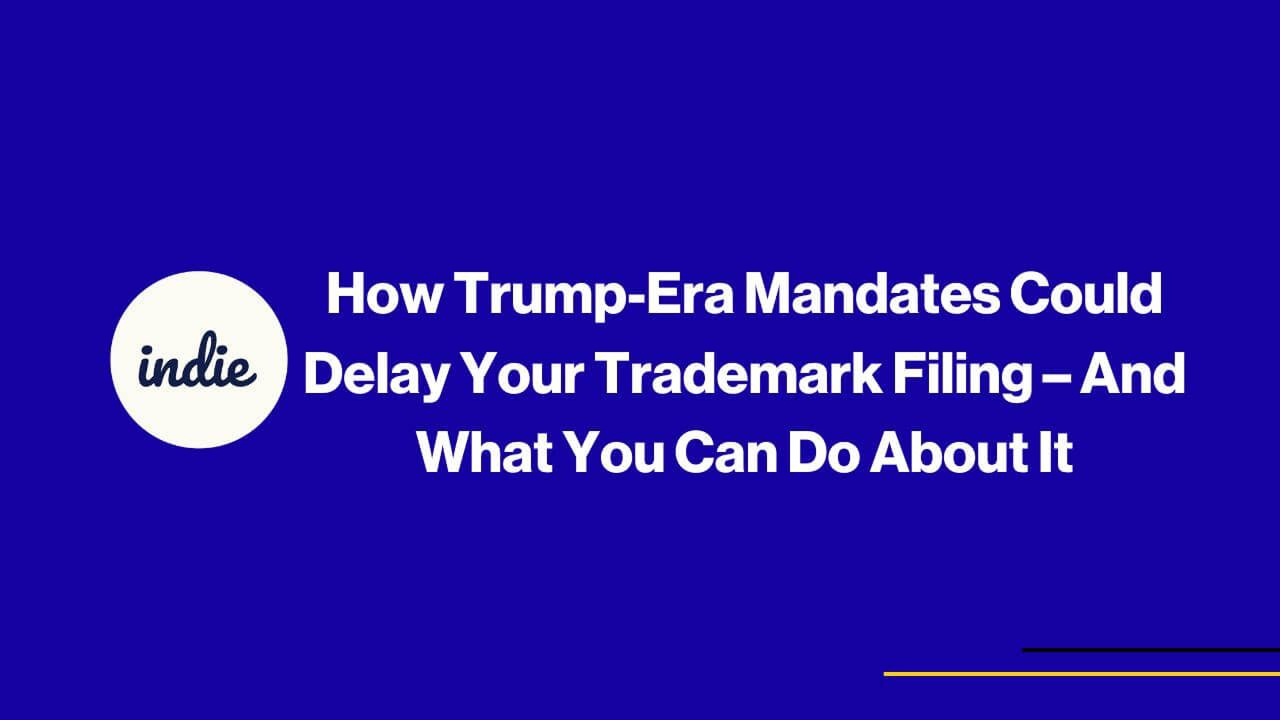The recent return-to-office mandates and resignation incentives at the U.S. Patent and Trademark Office (USPTO) have sparked concerns about processing delays and staffing shortages. If you’re a business owner looking to secure a trademark, these changes could directly impact your ability to protect your brand.
In this blog post, we’ll break down how these policies could slow down trademark applications, what it means for businesses, and—most importantly—what you can do to navigate the potential roadblocks.
Understanding the USPTO’s Current Challenges
The USPTO has long been a leader in remote work, with 96% of its workforce operating remotely across all 50 states. However, new federal mandates now require employees to return to the office, which may lead to:
- Staff resignations – Employees who relocated during the remote work era may choose to leave instead of moving back.
- Hiring challenges – The USPTO’s ability to attract and retain top talent may suffer, especially if remote flexibility disappears.
- Processing delays – Fewer staff means longer wait times for trademark applications and approvals.
Additionally, voluntary resignation incentives have already resulted in key departures, including former Commissioner for Patents Vaishali Udupa. If more experienced professionals leave, it could further disrupt operations.
What This Means for Your Trademark Filing
For businesses and entrepreneurs, the biggest concern is the potential for longer processing times for trademarks. If USPTO staffing levels drop, expect:
✔ Slower Examination Periods – Fewer examiners could mean longer waits before your application is reviewed.
✔ Delayed Office Actions – If the USPTO requests additional information, responding and getting feedback may take longer than usual.
✔ Potential Increase in Errors – Overworked staff might make more mistakes, increasing the risk of unnecessary rejections.
If you’re in the process of filing a trademark, these delays could impact your business strategy—especially if you’re planning a product launch or need to enforce your rights against copycats.
How to Avoid Trademark Filing Delays
To minimize the impact of these changes, consider the following strategies:
✅ File as Early as Possible
Since wait times may increase, get your application in now to secure your place in the queue. The earlier you file, the sooner you’ll get a response.
✅ Work with a Trademark Attorney
A lawyer can help you submit a stronger application upfront, reducing the chances of back-and-forth delays. Common reasons for rejection include:
- Generic or overly descriptive trademarks
- Conflicts with existing marks
- Incorrect filing classifications
By working with an expert, you can avoid unnecessary roadblocks.
✅ Consider an Intent-to-Use Application
If you’re not ready to launch your brand but want to secure your trademark early, filing an Intent-to-Use (ITU) application can give you priority over others while you finalize your business plans.
✅ Monitor Your Application Closely
Check the USPTO’s Trademark Status & Document Retrieval (TSDR) system regularly for updates. If there are issues, responding quickly can help move things along.
✅ Prepare for Potential Office Actions
Since there may be longer delays in communication, be proactive in anticipating office actions (requests for additional information). Having your documents and justifications ready can save valuable time.
Conclusion: Stay Ahead of the Changes
The USPTO’s internal challenges might cause longer processing times and increased delays for trademark applications. While these staffing issues are beyond your control, you can take proactive steps to minimize their impact on your business.
By filing early, working with a trademark attorney, and monitoring your application closely, you can navigate these changes and protect your brand without unnecessary setbacks.
For more trademark insights, check out these resources from Sleight Law:
- What to Do If You Made a Mistake on Your Trademark Application – Discover how to identify and correct errors in your trademark application to prevent delays and potential rejections.
- Common Trademark Mistakes and How to Avoid Them – Learn about frequent pitfalls in the trademark process and how to ensure a smoother filing experience.
- What Is an “Intent to Use” Trademark Application? – Not ready to launch but want to secure your trademark? This article explains how an Intent to Use (ITU) application can protect your brand early.

